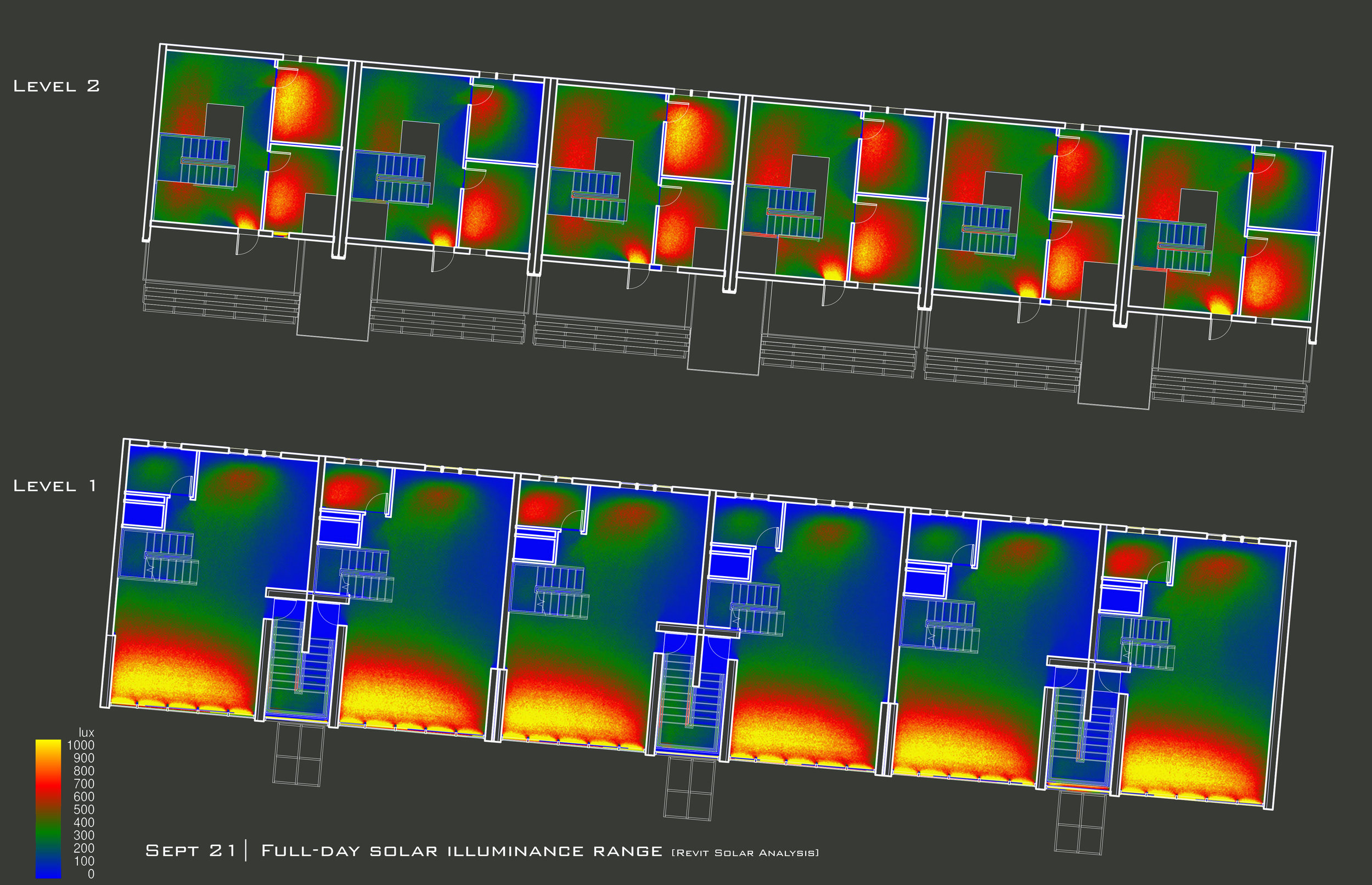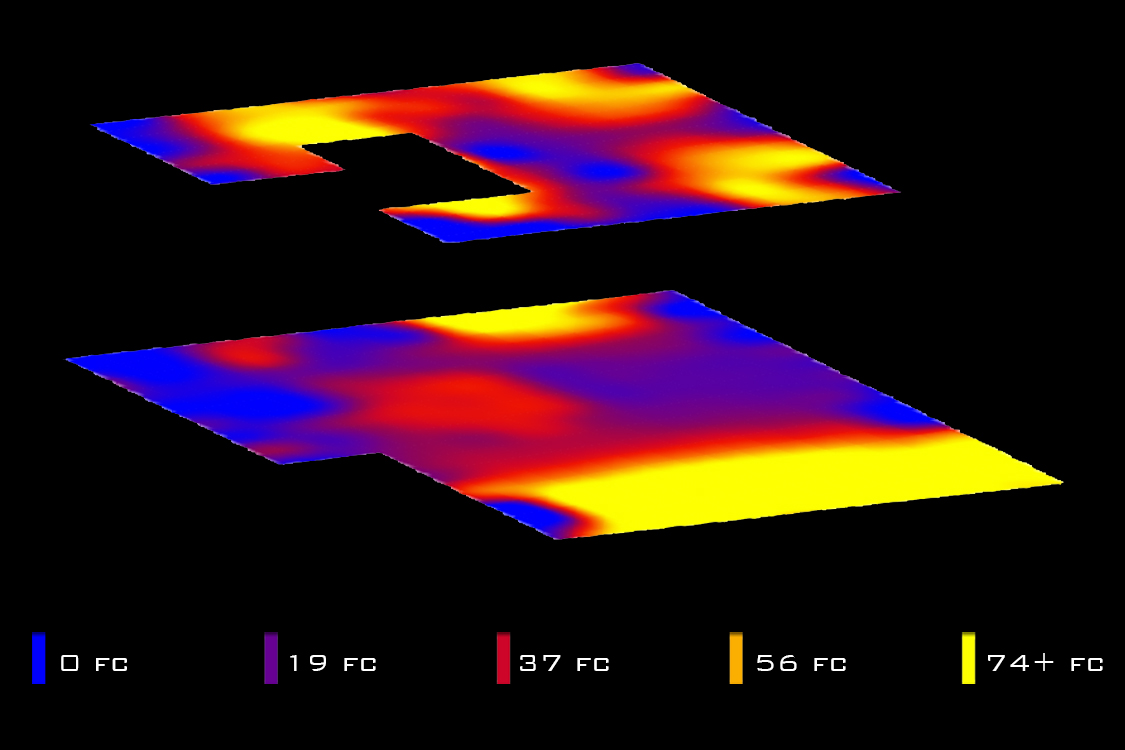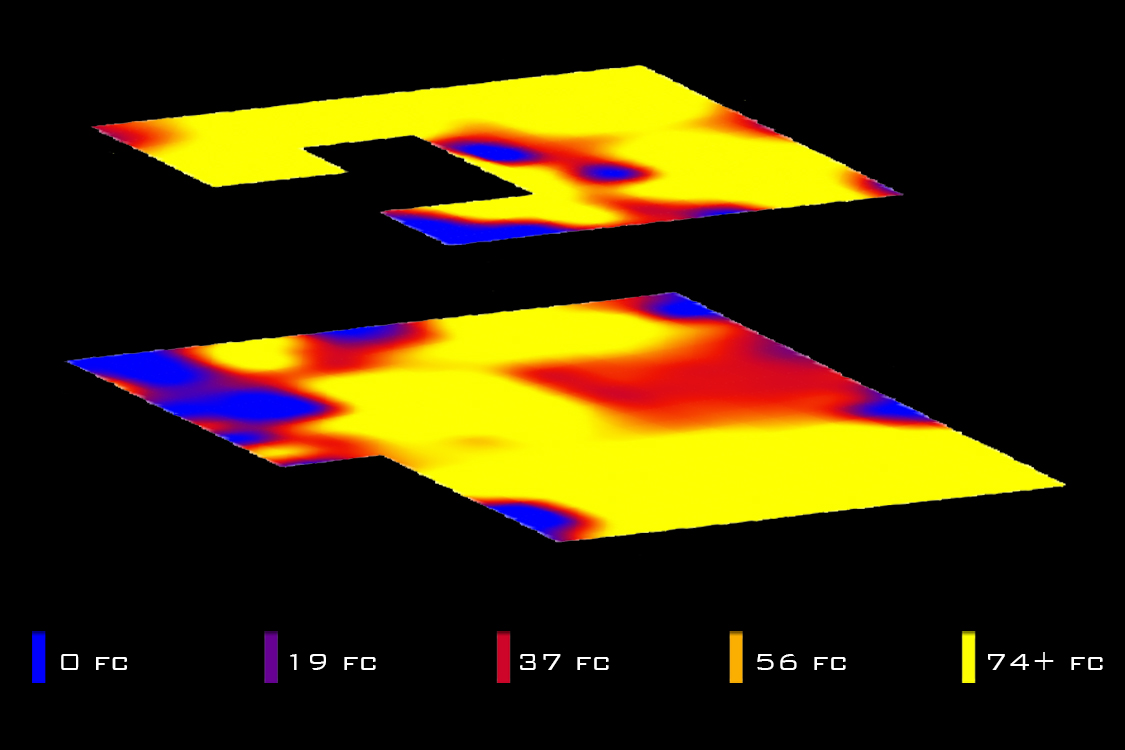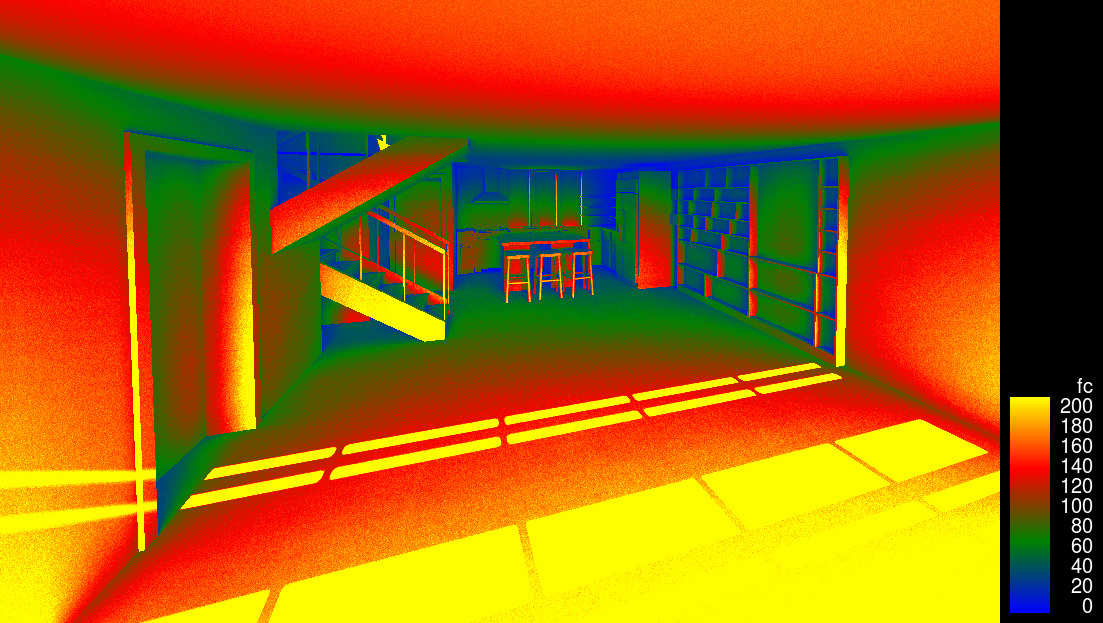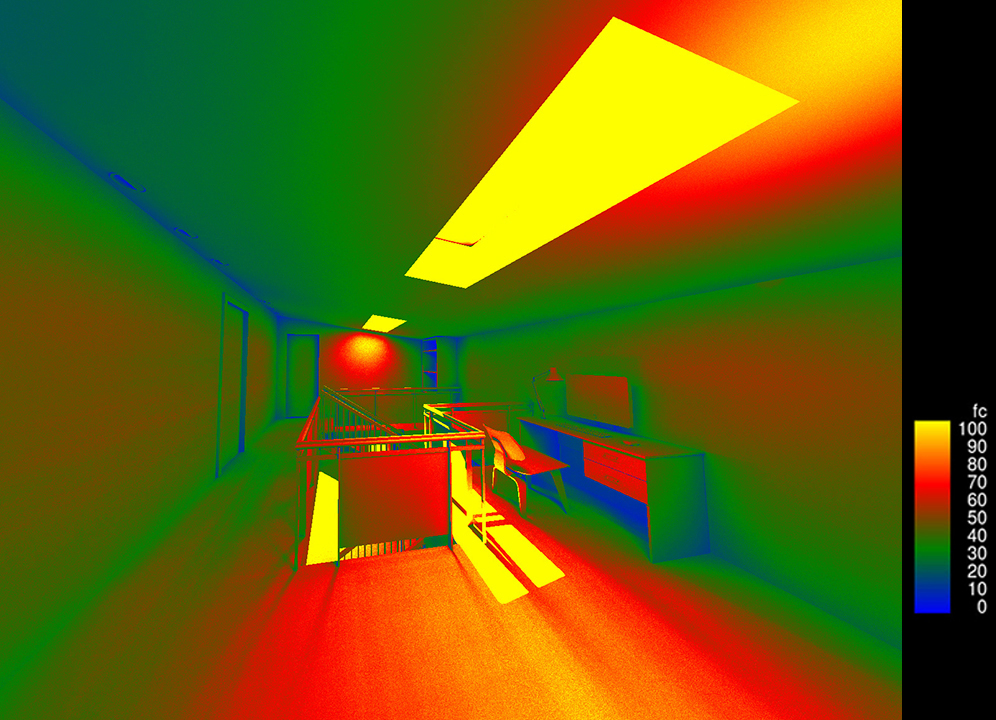Existing Condition |
In preparation for future demand of housing, residential developer WBM wanted to utilize the existing soviet-era apartment buildings lining the block of Modersohnstrasse 77 in the booming Friedrichshain-Kreuzberg neighborhood of Berlin. To solve issues of adaptive reuse, circulation, and energy performance, WBM asked students to design an apartment module utilizing the existing concrete structures while also creating a new neighborhood atmosphere for residents.Implementation |
To respond appropriately to existing conditions of apartment space and structure, Modersohnstrasse 77 utilizes a pre-assembled light-guage steel frame, fit to existing structural spans and volumes.Passive Strategies |
Beginning in concept design, passive strategies of daylighting, thermal retention, and occupant comfort acted as major catalysts of design. To decrease energy demand of units, Modersohnstrasse 77 offers optimal daylighting potential reaching the 90th percentile of occupied hours. In addition, a high performance envelope acts to mitigate exterior to interior environments, combating energy demand in a largely heat dominated climate. EUI goals for 2030 were nearly reached at 90% of targeted EUI reductions.Professor: Ulriche Passe
Team: Sunny Fok, Niels Henning, Nadia Kosno, Kevin Pajado, John Schrader
Individual Role: Design approach, energy + daylight simulation
*ARS Academy Berlin Competition- Honorable Mention



